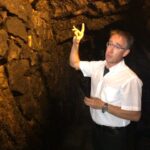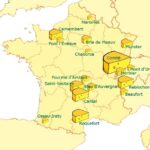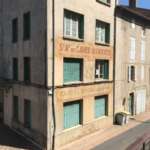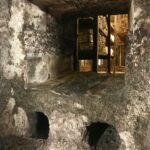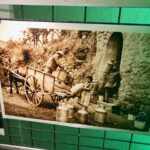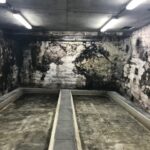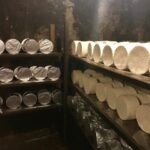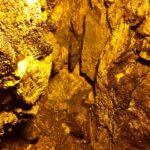-
×
 Odysea Roasted Red Peppers 350g
1 × €4.50
Odysea Roasted Red Peppers 350g
1 × €4.50 -
×
 Drish Cake
1 × €285.00
Drish Cake
1 × €285.00 -
×
 Orthogneiss Domaine de l’Ecu Muscadet 75cl
1 × €30.00
Orthogneiss Domaine de l’Ecu Muscadet 75cl
1 × €30.00 -
×
 Make Your Own Hamper
1 × €5.00
Make Your Own Hamper
1 × €5.00 -
×
 Odysea Red Pepper and Feta Meze 220g
1 × €5.10
Odysea Red Pepper and Feta Meze 220g
1 × €5.10 -
×
 Odysea Preserved Lemon 200g
1 × €3.60
Odysea Preserved Lemon 200g
1 × €3.60 -
×
 Bookers Vintage 200g
1 × €5.60
Bookers Vintage 200g
1 × €5.60 -
×
 Newgrange Gold Rapeseed Oil 500ml
1 × €6.50
Newgrange Gold Rapeseed Oil 500ml
1 × €6.50 -
×
 On the Pigs Back Duck Liver Pate with Port 150g Tub
1 × €5.40
On the Pigs Back Duck Liver Pate with Port 150g Tub
1 × €5.40
Gabriel Coulet Roquefort Visit
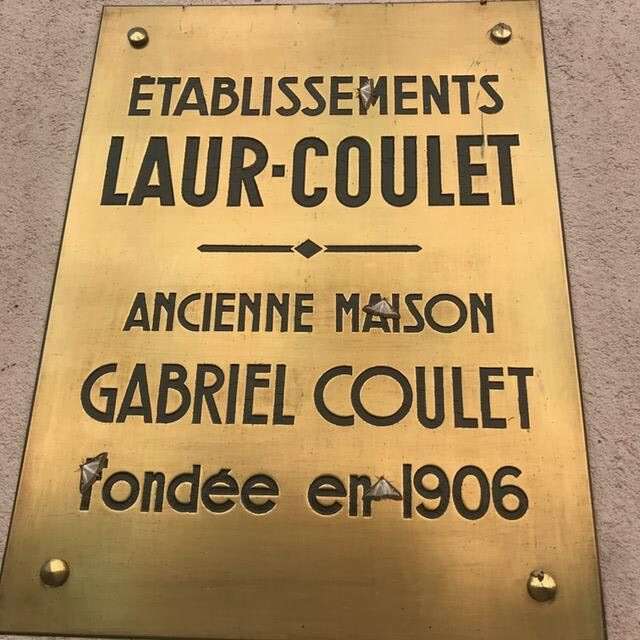
Last week our Retail Manager Emilia Furey went to visit Gabriel Coulet Roquefort – the producer of our Roquefort ‘La Petite Cave’ raw sheep’s milk cheese in Roqufort -Sur -Soulzon underneath Mont Combalou in the South of France.
There, she met with Emmanuel Laur who currently runs the company with his cousin Jean-Pierre Laur.
The History
The Gabriel Coulet company was founded in the 19th century when Guillaume Coulet, a wagoner by profession, who lived in Roquefort sur Soulzon began digging a wine cellar under his own house. He discovered cavities, natural ventilating cracks called the ‘fleurines’ of the Combalou hill, making this place a privileged site to create a cheese-ageing cellar for maturing Roquefort cheese. Before this time, Roquefort had been made in this area for centuries and Emmanuel told us that at the time of his great great grandfather, there were over 50 companies existing in this small town and area all producing the Roquefort – today there are 7.
Emmanuel lives on the narrow winding main street in the 2km long village that is 600m wide at most- half way up the cliff of Mont Combalou. He lives with his wife and two sons in their 4 story townhouse (belonging originally to his great-great grandfather) which holds a cheese shop on street level and is situated above 7 storeys of underground caves which hold and mature the world famous Gabriel Coulet Roquefort. The cousins are the 5th generation to produce the Roquefort cheese and mature them – according to tradition – in the caves beneath the town.
Legend has it that the cheese was discovered when a young shepherd, eating his lunch of bread and ewes’ milk cheese, saw a beautiful girl in the distance. Abandoning his meal in a nearby cave, he ran to meet her. When he returned a few months later, the mould (Penicillium roqueforti) had transformed his plain cheese into Roquefort.
Roquefort is made specifically from the milk of the Lacaune breed of sheep. It is produced throughout the regions of Aveyron and part of the nearby départements of Lozère, Gard, Hérault and Tarn, in southern France.
In 1925, the cheese was the recipient of France’s first Appellation d’Origine Contrôlée when regulations controlling its production and naming were first defined – Roquefort had been fondly known as the ‘King of Cheese’ in France for a long time previous to this.
The Gabriel Coulet company is an independent family-run business pursuing an adventure that began more than a century ago, respecting traditional production methods, assisted by modern equipment. Today, the company control 9% of the ‘Roquefort ‘market – with the largest company, Roquefort Société, owning 60% and the other 5 companies dividing up the remainder.
The Rules of the Roquefort Game:
For the production of this French gourmet cheese, the AOC regulations require the use of whole, raw sheep’s milk coming from within the Roquefort region, and from the ewe’s of the Lacaune breed. EU law dictates that only those cheeses aged in the natural Combalou caves of Roquefort-sur-Soulzon may bear the name Roquefort, as it is a recognized geographical indication, or has a protected designation of origin. In 1961, in a landmark ruling that removed imitation, the Tribunal de Grande Instance at Millau decreed that, although the method for the manufacture of the cheese could be followed across the south of France, only those cheeses whose ripening occurred in the natural caves of Mont Combalou in Roquefort-sur-Soulzon were permitted to bear the name Roquefort.
AOC Regulations
The regulations that govern the production of Roquefort have been laid down over a number of decrees by the INAO. These include:
All milk used must be delivered at least 20 days after lambing has taken place.
The sheep must be on pasture, whenever possible, in an area including most of Aveyron and parts of neighboring départements. At least 3/4 of any grain or fodder fed must come from the area.
The milk must be whole, raw (not heated above 34 °C (93 °F), and unfiltered except to remove macroscopic particles.
The addition of rennet must occur within 48 hours of milking.
The Penicillium roqueforti used in the production must be produced in France from the natural caves of Roquefort-sur-Soulzon.
The salting process must be performed using dry salt.
The whole process of maturation, cutting, packaging and refrigeration of the cheese must take place in the commune of Roquefort-sur-Soulzon.
The Process
Throughout the day Emmanuel spoke passionately about what made Gabriel Coulet stand out as a roquefort producer.
They collect the fresh sheeps milk from various farms in the area. There, sheep farmers milk primarily from the Lacuane sheep, who graze on pasture around the area of Roquefort S-S. This is an area famous for its limestone geology, which dictates the species of grass and wildflowers that grow upon it, and thus influences the taste of the milk. The milk of the lacuane sheep is rich and buttery and the breed are well suited to the terrain and climate of the area. The sheep are milked from Dec to July, thus restricting the production of the Roquefort to the natural lactation period of the sheep breeding cycle.
The first ingredient in the Roquefort Gabriel Coulet is unpasteurized and unskimmed ewe’s milk. This milk, heated to a temperature between 28 ° C and 32 ° C for renneting, is then cultured with spores of Penicillium roqueforti. The cheeses are all pierced to allow oxygen in and develop the blue mould spores within the cheese. The mould that gives Roquefort its distinctive character (Penicillium roqueforti) is found in the soil of the local caves. The natural fissues of the caves help create a microclimate that encourages the growth of bacteria and mould. Traditionally the cheesemakers extracted it by leaving bread in the caves for six to eight weeks until it was consumed by the mould. The interior of the bread was then dried to produce a powder. Nowadays the mould can be produced in a laboratory, which allows for greater consistency.
After being cut and stirred in a vat, the curd is put by hand in moulds and rotated regularly. Salted on all sides, it is finally ready for ageing in the natural cellars of the village. The caves will be host for the cheese for a period of about three weeks and then moved back to the processing plant. The average temperature of 12°C and humidity of 99% and the natural ventilation allow ideal conditions for maturation of the Roquefort Gabriel Coulet.
In order to obtain the Roquefort Protected Designation of Origin label, cheese is stored at a controlled temperature for a period of a minimum of 90 days (at the processing plant) guaranteeing the authenticity of its manufacturing, as well as its reputation for excellence.
Gabriel Coulet has a range of Roquefort cheeses – varying in maturity & strength or using organic milk exclusively; as well as some sheep’s milk cheeses made in the tomme style and the greek feta style. Sheridans profile the ‘La Petite Cave’ Roquefort, which is available in all our stores, counters and wine bar.
The ‘La Petite Cave’ Roquefort is matured for minimum of 4 months. This Roquefort is matured longer to develop the blue vein within and to distinguish the tasting profile of the cheese, which also helps create the silky smooth ivory paste of the cheese
Once the cheese are created – they are left in the cave for 3 weeks and then they are packed in tinfoil and shipped to the processing plant. The tinfoil allows the cheese to breathe and further develop for another 10 weeks minimum. The cheeses are washed using a machine to remove excess salt, mould spores and anything that may have settled on the outside rind. Emmanuel explained that this is a small step they take and a costly one for them with staff and waste of the product – but its one of the markers of quality that separates them from their competitors. This simple step ensures that the best possible presentation is available for the customer and that every bite will taste as good as the heart of the cheese ( which is known to be the most special and beautiful). Our ‘La Petite Cave’ are then aged in boxes in a special temperature controlled room to further allow the development of the flavour and the paste until they are ready to be cut and wrapped. Emmanuel explained that even at this stage whey can drain from the cheeses so this time is very important to firm and mature the cheese to become the ‘ La Petite Cave’ Roquefort. We walked in there today and the sweet spicy smell of Roquefort blue cheese was everywhere. It was intoxicating.
During the cutting/wrapping phase – each cheese is weighed by a machine and composition analysed and the cheese is ready to be wrapped and labelled. We stock the half wheels of GC Roquefort ‘La Petite Cave’ and this is also further cut by Sheridans and sold as smaller sections to our customers. Currently we are getting through 80kg a month and this increases to 200kg at Christmas time!!
During the cutting in two of each wheel of ‘La Petite Cave’ Roquefort – the blue mould distribution inside is checked. They also inspect the ivory paste of each cheese. This is done by hand by GC staff. This is a lengthy and expensive option but Emmanuel again stresses that the quality of the cheese is also in the consistency and the care given to it at all stages. He explained that only 1 half of every 10 halves of ‘La Petite Cave’ are okayed and moved to the next stage of wrapping. The rest of separated and used in other products such as melting roquefort products or dumped.
The final step for our Roquefort is testing for various possible dangerous pathogens within a batch and once cleared they are packed according to orders and sent out on temperature controlled refrigerated transport to their new homes.
The Moral of the Story
The most important aspect of my visit today was seeing where the cheese begins life and the rich history surrounding this established French king of cheese. Equally important was meeting the people behind the product and hearing their story. Emmanuel received us with such gracious hospitality. He also knew every staff member by name ( 95 people work in the three locations – caves, shop and plant); either shook their hands or spoke with them briefly as he went through the plant. The factory, cheese cave, and the cheese shop was spotless and very organised and everyone smiled and said hello.
The importance of quality in the creation of their Roquefort – the care they expend on the cheese and the pride they have in their business, staff and their reputation; they are trying to conserve artisanal methods in a modern setting and they are focusing on small (albeit costly) extra steps that ensure that they can protect this quality, grow their business in a sustainable manner without losing their the ethos of artisanal cheesemaking and their own family influence and history and all the while trying to ensure that their product stands out in a place with every neighbour making the same cheese!
Hungry yet? Check out the cheese HERE




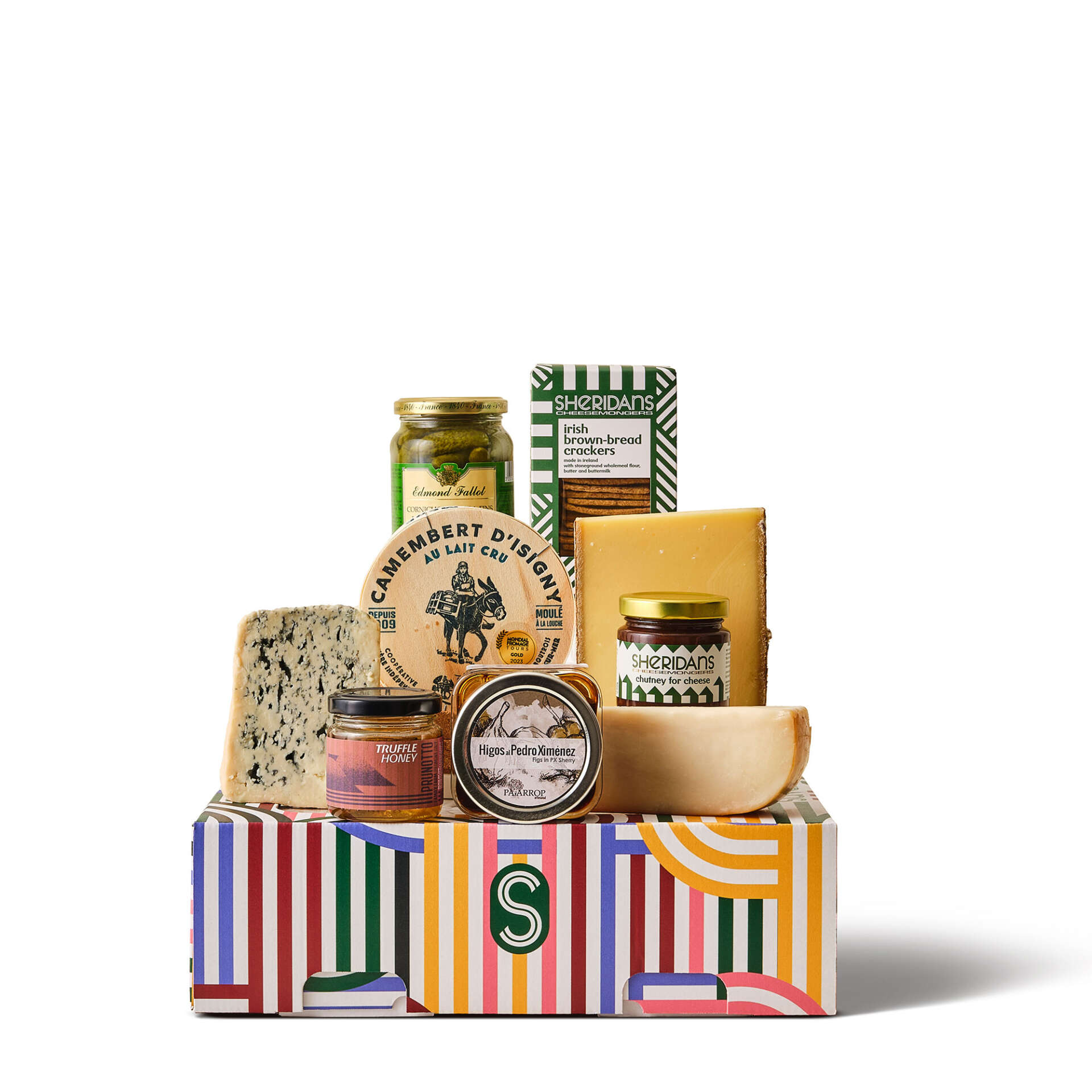


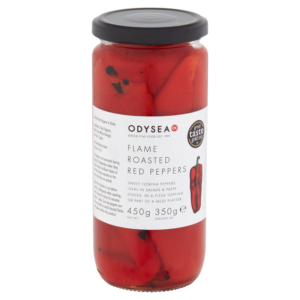 Odysea Roasted Red Peppers 350g
Odysea Roasted Red Peppers 350g  Drish Cake
Drish Cake 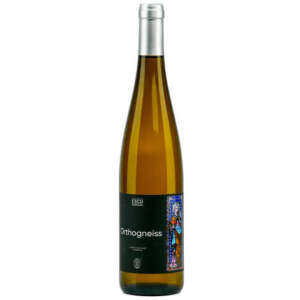 Orthogneiss Domaine de l’Ecu Muscadet 75cl
Orthogneiss Domaine de l’Ecu Muscadet 75cl  Make Your Own Hamper
Make Your Own Hamper  Odysea Red Pepper and Feta Meze 220g
Odysea Red Pepper and Feta Meze 220g 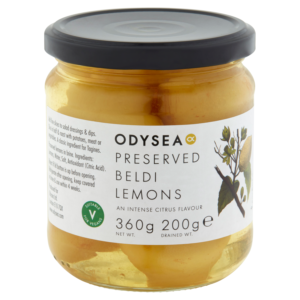 Odysea Preserved Lemon 200g
Odysea Preserved Lemon 200g  Bookers Vintage 200g
Bookers Vintage 200g  Newgrange Gold Rapeseed Oil 500ml
Newgrange Gold Rapeseed Oil 500ml 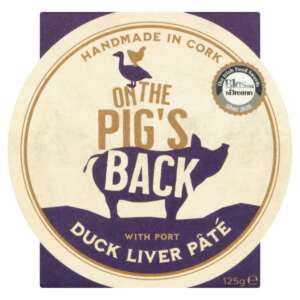 On the Pigs Back Duck Liver Pate with Port 150g Tub
On the Pigs Back Duck Liver Pate with Port 150g Tub 
